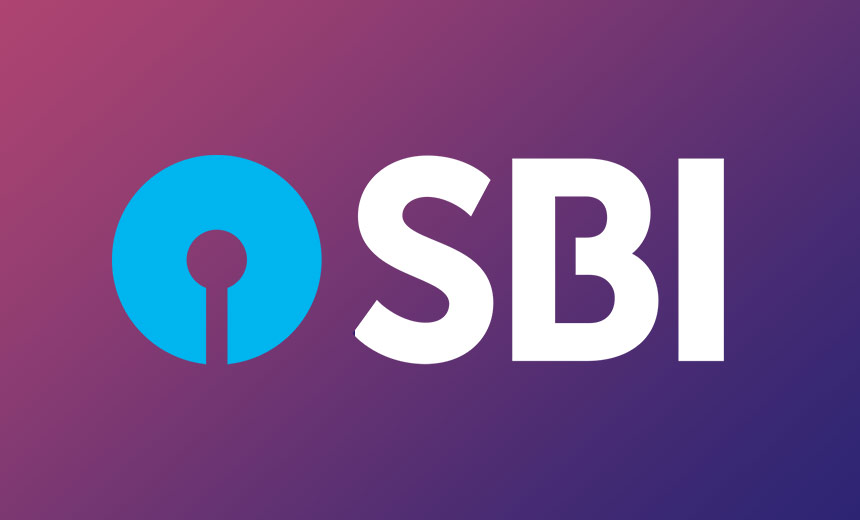In the midst of the pandemic, the country’s largest bank, the State Bank of India (SBI), has written off Rs 17,590 crore in bad loans in 2020-21. This is one of the largest amounts in the last four years. In 2018-19, the bank wrote off Rs 17,782 crore.
In the last four years, the overall combined write-offs have reached Rs 52,758 crore. Over the last seven years, write-offs have totalled more than Rs 1 lakh crore.

Although the bank was able to reduce its gross and net NPAs in 2020-21, the high write-off sum demonstrates the difficulties in recovering bad loans. The RBI’s current loan restructuring and regulatory forbearances also blur the true asset quality image.
SBI Chairman Dinesh Kumar Khara stated that the bank’s asset quality is better than the previous year. Gross NPAs are expected to be 4.98 per cent in 2020-21, down from 6.15 per cent the previous year. “Our gross NPA which is less than 5%, is the lowest in the last five years,” Khara says.
In 2020-21, the bank also sold stressed loans to asset restoration firms. The bank sold 25 accounts totalling Rs 2,230 crore. In addition, the bank has a sizable NCLT (bankruptcy) book worth Rs 2 lakh crore.
The banking industry typically writes off bad loans after making a complete 100 per cent allowance from earnings against the bad assets on their books. In general, attempts to recover the loan sum continue, but little is anticipated since such loans and properties lose value over time.
SBI has a mechanism in place for transferring bad loans to the collection account (AUCA).
Banks are now benefiting from the latest bankruptcy code and one-time settlements. Haircuts in bankruptcy and instant settlement efforts are also included in the write-offs.
Because of restrictions and loan restructuring, the banking industry’s stress could be concealed today. Earlier this month, the RBI extended another loan restructuring option to borrowers who had not taken advantage of a previous scheme.
Many believe that the true picture of stress in the banking system will emerge only in a year or two. Agriculture, small loans, and micro, small, and medium-sized enterprises (MSMEs) are the problem areas. “No danger to our asset quality is anticipated in the future,” says Khara. He goes on to say that banking is one field that represents macroeconomic fundamentals.




